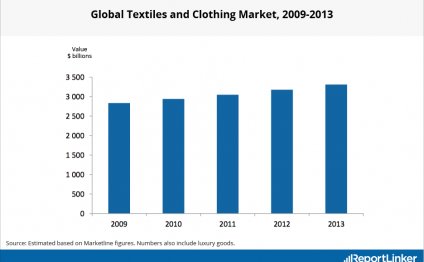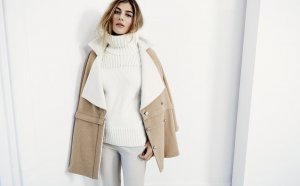
Trends in Clothing
Companies inside industry run real retail organizations that offer garments and accessories. Major businesses feature TJX Companies (TJ Maxx, Marshalls), Gap, and L companies (all located in the US), along side Hennes & Mauritz (Sweden), Inditex's Zara chain (Spain), and Arcadia Group's Topshop (UK).
Competitive Landscape
Individual income and style styles drive demand for clothes. The profitability of specific businesses depends greatly on efficient merchandising and marketing and advertising. Big organizations can offer large choices of clothes and possess advantages in buying, distribution, and advertising and marketing. Small shops can compete by providing unique product, targeting a certain demographic, supplying exceptional customer care, or providing an area marketplace. The united states industry is targeted: the 50 biggest businesses take into account about two-thirds of industry revenue.
Products, Operations & Tech
Major products feature ladies' clothes (about 50percent of industry revenue), guys's garments (about 20per cent), and clothing for kids and infants (about 10 percent). Other types of income feature add-ons like hats, hats, costume jewelry, gloves, bags, ties, wigs, and devices. Some garments stores in addition offer footwear and makeup.
RELATED VIDEO



Share this Post
Related posts
Winter Style
WinterStyle.com specializes in premium quality winter months outerwear accessories. Discover the seasons hottest winter months…
Read MoreRecent trends in Clothing
Nicole Vasquez, Founder & Owner of this Shuu Girl Created and raised in Lancaster, Pa, Nicole found manner at an…
Read More










